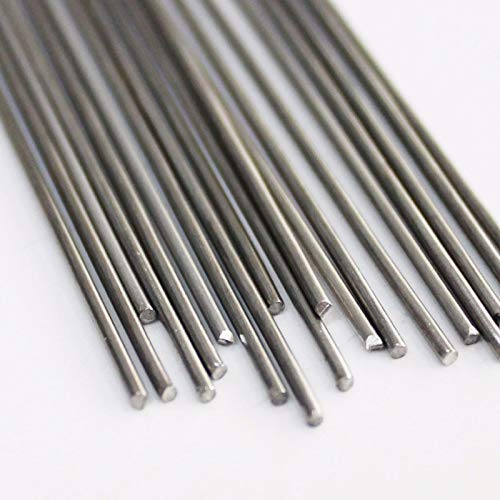In the world of welding, the choice of filler wire can make all the difference in the quality and durability of your welds. One such filler wire that has gained significant recognition in the industry is the 308L filler wire. This article aims to be your comprehensive guide, providing everything you need to know about 308L filler wire.
What is 308L Filler Wire?
A Brief Introduction
308L filler wire is a versatile and widely used welding material that falls under the category of austenitic stainless steel. Its name is derived from the American Welding Society (AWS) classification, where “308” represents the alloy’s composition, and “L” stands for low carbon.
Alloy Composition
The 308L filler wire is primarily composed of chromium and nickel, which makes it highly resistant to corrosion and oxidation. It also contains a minimal amount of carbon (usually below 0.03%), which reduces the risk of carbide precipitation and subsequent corrosion in the heat-affected zone.
Welding Capabilities
One of the key advantages of 308L filler wire is its exceptional welding properties. It is well-suited for MIG (Metal Inert Gas) and TIG (Tungsten Inert Gas) welding processes. Its low carbon content makes it ideal for welding in environments where the risk of intergranular corrosion is a concern.
Applications of 308L Filler Wire
308L filler wire finds extensive use in various industries due to its unique properties. Here are some of its most common applications:
Food and Beverage Industry
In the food and beverage industry, hygiene and resistance to corrosion are paramount. 308L filler wire is often employed to weld stainless steel components in food processing equipment, ensuring the end product remains untainted and safe for consumption.
Chemical and Pharmaceutical Industry
Corrosion resistance is critical in chemical and pharmaceutical applications. 308L filler wire creates strong, corrosion-resistant welds in tanks, pipelines, and other equipment, preventing contamination and ensuring product purity.
Aerospace and Automotive Industry
In the aerospace and automotive sectors, the 308L filler wire is utilized for welding critical components. Its excellent strength and corrosion resistance make it an ideal choice for exhaust systems, aircraft structures, and more.
Construction and Architecture
Stainless steel is a popular choice in architectural designs due to its aesthetic appeal and durability. 308L filler wire is crucial in welding stainless steel components used in architectural projects, ensuring structural integrity and an attractive finish.
Advantages of Using 308L Filler Wire
Corrosion Resistance
308L filler wire’s high chromium and nickel content make it highly corrosion-resistant, even in aggressive environments. This property extends the lifespan of welded components.
Low Carbon Content
The low carbon content minimizes the risk of intergranular corrosion, which is a common concern with stainless steel welding. It ensures the weld remains strong and free from defects.
Versatility
308L filler wire can be used with various base metals, including 304 and 316 stainless steel. This versatility makes it a go-to choice for many welding applications.
Clean Welds
The filler wire produces clean, aesthetically pleasing welds, making it suitable for applications where the appearance of the weld is important.
How to Weld with 308L Filler Wire
Preparation
Ensure the base metal is clean and free from contaminants, as cleanliness is crucial for achieving strong welds. Select the appropriate shielding gas for your welding process.
Welding Technique
Maintain a stable arc and travel speed to create uniform welds. Use the recommended heat input settings to prevent overheating and distortion of the base metal.
Post-Weld Treatment
After welding, it’s advisable to passivate the weld area to enhance corrosion resistance. Inspect the weld for any defects and perform any necessary repairs.
Conclusion
In conclusion, 308L filler wire is a versatile and highly reliable welding material with exceptional corrosion resistance and weld quality. Its low carbon content and compatibility with various base metals make it a top choice for various applications across different industries. By understanding its properties and proper welding techniques, you can ensure the longevity and integrity of your welded components.














